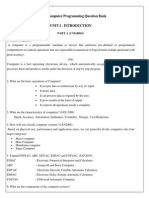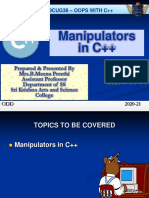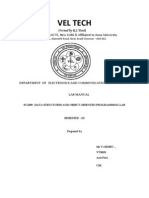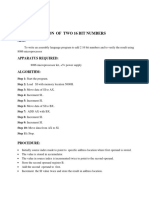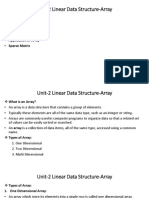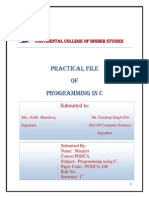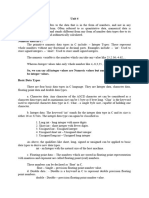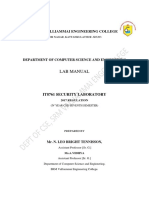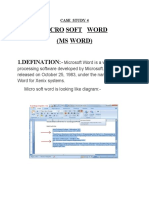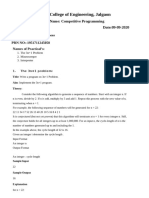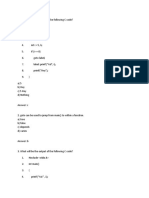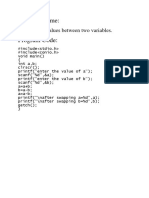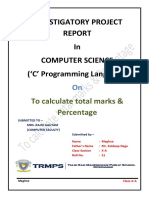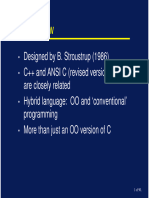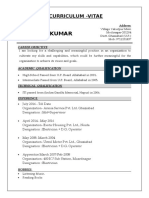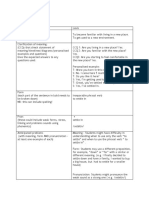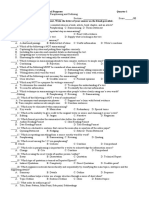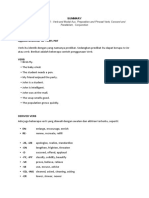50% found this document useful (2 votes)
3K views17 pagesC Programming: Student Marks Array
The document is a report submitted by Aparna Tiwari, a class X student, on a project to accept and display marks for five students using an array in C programming language. It includes an introduction to C programming and arrays. The report contains sections on the introduction, certificate, acknowledgements, aim, introduction to the topic, program, coding, output and conclusion.
Uploaded by
Preeti jainCopyright
© © All Rights Reserved
We take content rights seriously. If you suspect this is your content, claim it here.
Available Formats
Download as DOCX, PDF, TXT or read online on Scribd
50% found this document useful (2 votes)
3K views17 pagesC Programming: Student Marks Array
The document is a report submitted by Aparna Tiwari, a class X student, on a project to accept and display marks for five students using an array in C programming language. It includes an introduction to C programming and arrays. The report contains sections on the introduction, certificate, acknowledgements, aim, introduction to the topic, program, coding, output and conclusion.
Uploaded by
Preeti jainCopyright
© © All Rights Reserved
We take content rights seriously. If you suspect this is your content, claim it here.
Available Formats
Download as DOCX, PDF, TXT or read online on Scribd
/ 17
